BHG - Amidst the modern pace of life, in Coc Pai town (Xin Man), there are still families quietly preserving traditional crafts with all their heart and pride. The family of Ms. Loc Thi Bich, in Coc Pai village, is one of the few households still attached to the craft of making red pho. Through three generations, from grandparents to parents and now Ms. Bich and her husband, the craft of making red pho is not only a source of livelihood but also contributes to preserving the culinary quintessence of their homeland.
In the early summer days, when the morning dew still hangs on the roof, the porch of Loc Thi Bich’s family is bustling with the sound of grinding flour and boiling water in the rice noodle pot. The work starts before dawn and lasts until the end of the afternoon. In the warm kitchen, the rice noodles are evenly spread and then “hung in the wind” – a special step that creates the uniqueness of Xin Man red pho.
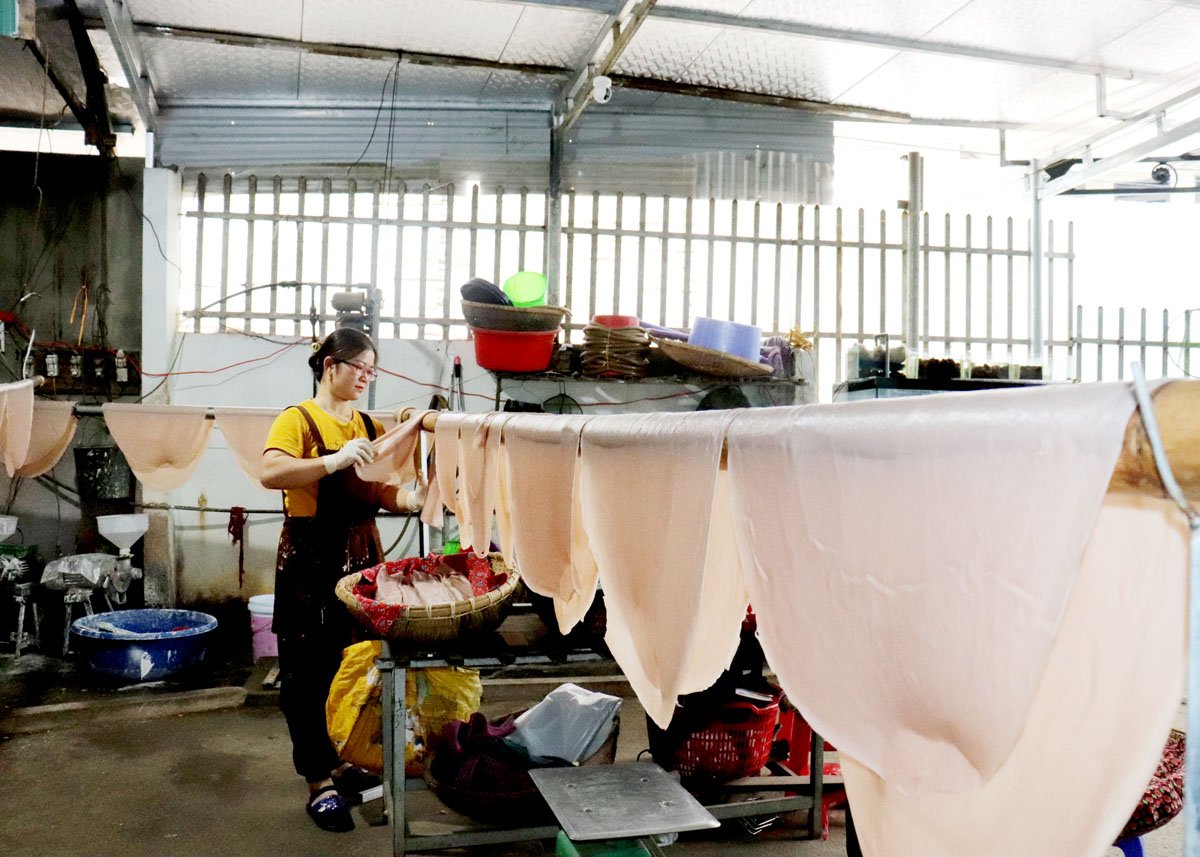 |
| Ms. Loc Thi Bich, Coc Pai village, Coc Pai town, hangs red pho noodles to dry in the wind - a special step that creates the unique flavor of Xin Man "wind-dried" pho. |
Bich’s family has been in the business for over 60 years. Her grandparents were the first to learn how to make rice noodles from upland sticky rice, and then passed it on to their children and grandchildren. By her parents’ generation, the craft had been maintained and developed steadily. Now, she and her husband are the third generation to continue, with a larger production scale, meeting the increasing market demand.
Ms. Bich confided: “Since I was a child, I have been familiar with the aroma of soaked rice, the sound of grinding flour and the heat coming from the pot making rice noodles every morning. Growing up, wherever I go and whatever I do, I miss the job, I miss the image of my mother making rice noodles, cutting pho, and drying them on a bamboo tree. Many people say that this job is hard, staying up late and waking up early, and depending on the weather. But for me, it is the job my grandparents left me, it is the way of life of my family. Being able to keep the job, to keep the flavor of my hometown, makes me happy.”
Red pho, also known as “wind-dried” pho, is made from high-quality, delicious, and soft sticky rice or bao thai rice. The rice is soaked thoroughly, ground into flour, then spread into thin cakes and hung on bamboo trees to dry naturally in the wind. Without going through a dryer or being exposed to harsh sunlight, the pho noodles retain their softness and chewiness, with a rustic flavor and a characteristic pink-red color, which is why people often call them “red pho”.
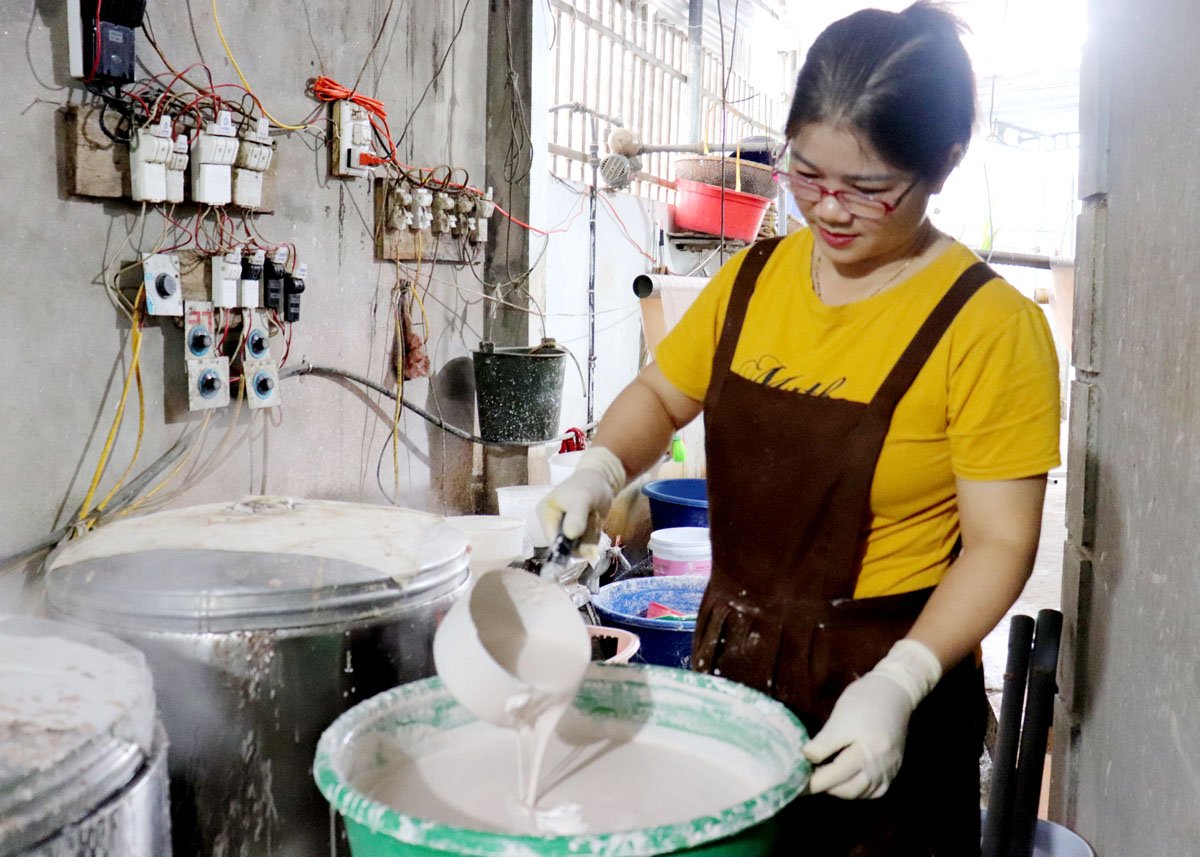 |
| Each batch of pho is made by a process of persistent and diligent labor. It is this meticulousness that creates the uniqueness of Xin Man red pho. |
Currently, every day, Ms. Bich's family supplies the market with about 150 - 200 kg of red pho, mainly for restaurants and food businesses in Coc Pai town and some neighboring districts such as Hoang Su Phi, Quang Binh... With a selling price of 18,000 VND/kg, the income from red pho helps her family stabilize their lives, raise their children and create seasonal jobs for some local workers.
Although the manual work is hard and depends heavily on the weather and human strength, Ms. Bich still perseveres in keeping the profession. For her, each batch of pho is not simply a product sold to the market, but also a way to express her love for her homeland and the family tradition of many generations. She and her husband always encourage their children to understand and appreciate the value of this profession, so that if they change their career in the future, they will always be proud of this traditional profession.
Each soft, chewy noodle, with the aroma of new rice crystallized from the hands of a hard-working woman, not only has economic value but is also filled with emotions, memories and traditions. The journey of three generations of making pho of Ms. Bich's family is a beautiful story of perseverance, pride and aspiration to rise from the most simple things in her hometown of Xin Man.
Article and photos: Hong Cu
Source: https://baohagiang.vn/van-hoa/202506/gia-dinh-ba-doi-giu-nghe-pho-do-o-xin-man-eba02c7/


![[Photo] More than 124,000 candidates in Hanoi complete procedures for the 2025 High School Graduation Exam](https://vphoto.vietnam.vn/thumb/1200x675/vietnam/resource/IMAGE/2025/6/25/fa62985b10464d6a943b58699098ae3f)


![[Photo] General Secretary To Lam works with the Standing Committee of Quang Binh and Quang Tri Provincial Party Committees](https://vphoto.vietnam.vn/thumb/1200x675/vietnam/resource/IMAGE/2025/6/25/6acdc70e139d44beaef4133fefbe2c7f)

![[Photo] First training session in preparation for the parade to celebrate the 80th anniversary of National Day, September 2nd](https://vphoto.vietnam.vn/thumb/1200x675/vietnam/resource/IMAGE/2025/6/25/ebf0364280904c019e24ade59fb08b18)


















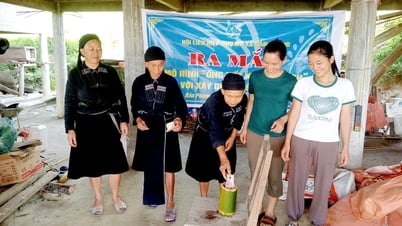






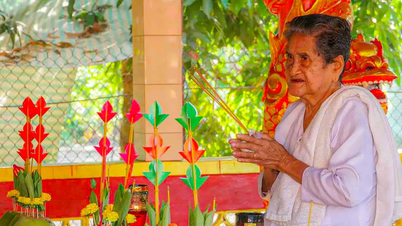






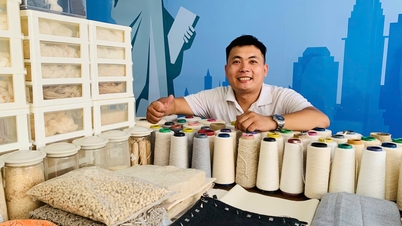

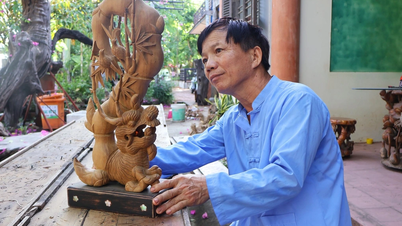























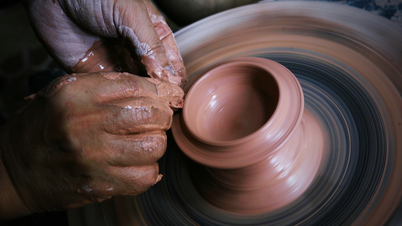




































Comment (0)